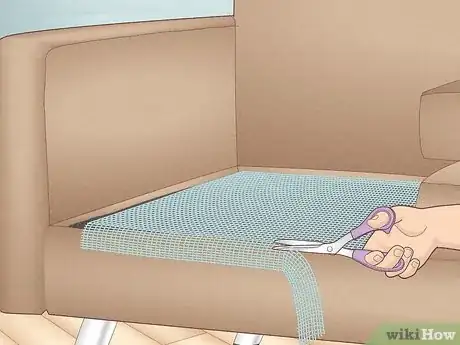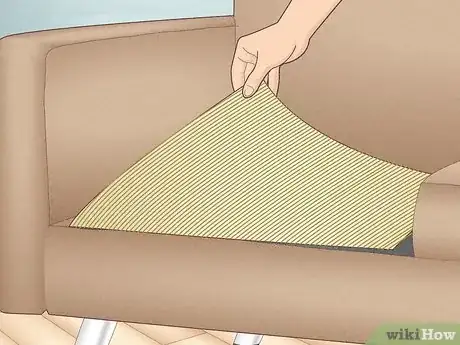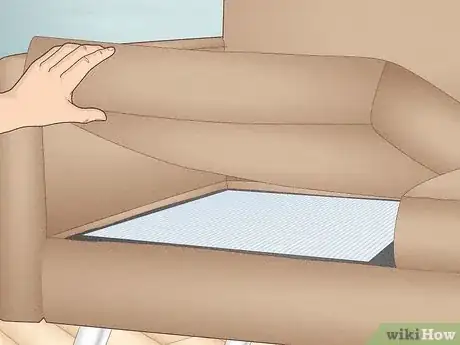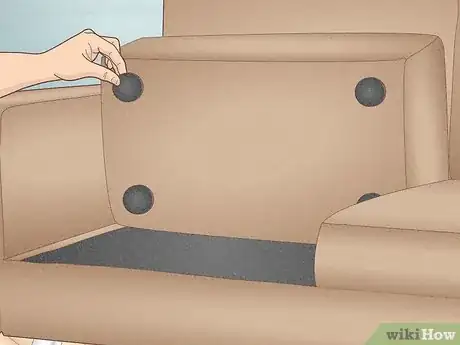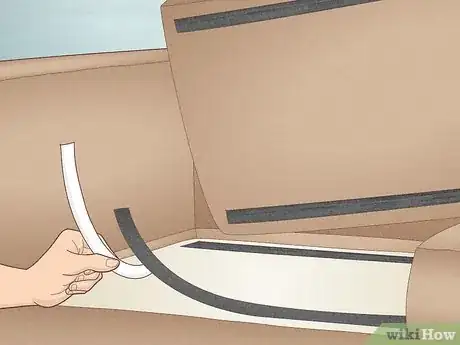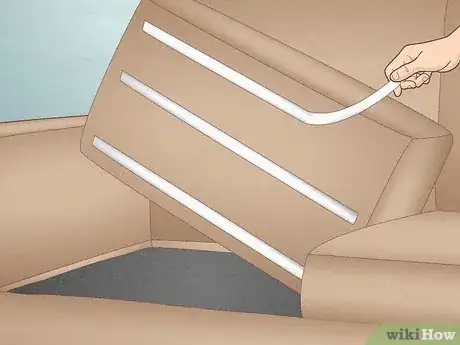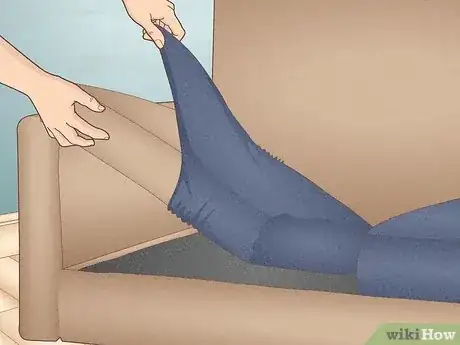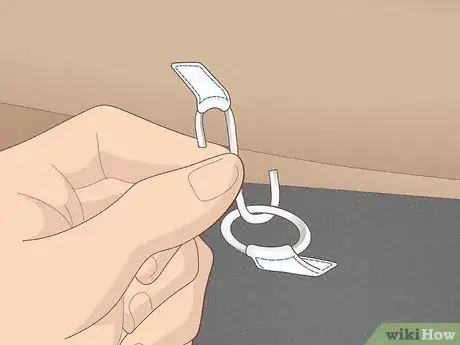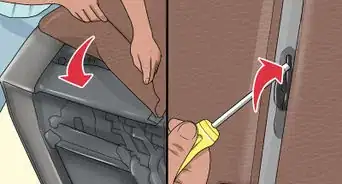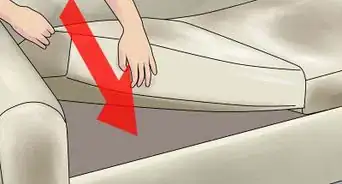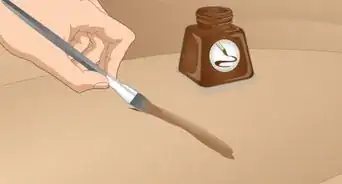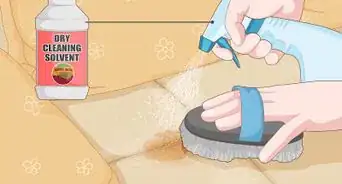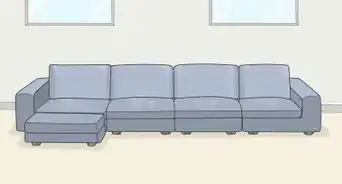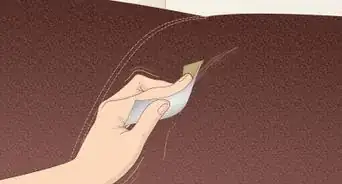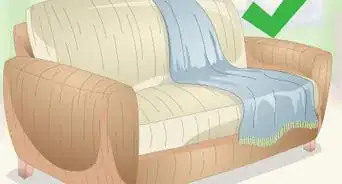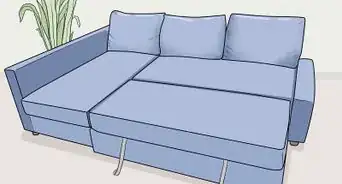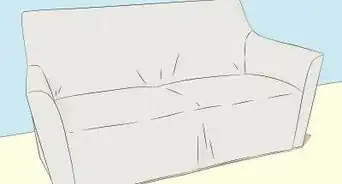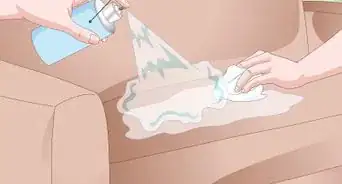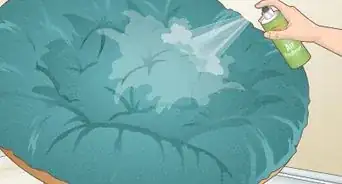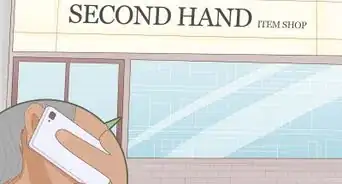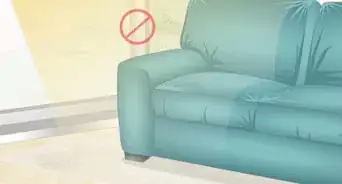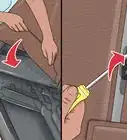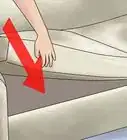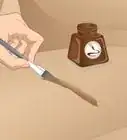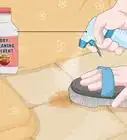This article was co-authored by wikiHow staff writer, Eric McClure. Eric McClure is an editing fellow at wikiHow where he has been editing, researching, and creating content since 2019. A former educator and poet, his work has appeared in Carcinogenic Poetry, Shot Glass Journal, Prairie Margins, and The Rusty Nail. His digital chapbook, The Internet, was also published in TL;DR Magazine. He was the winner of the Paul Carroll award for outstanding achievement in creative writing in 2014, and he was a featured reader at the Poetry Foundation’s Open Door Reading Series in 2015. Eric holds a BA in English from the University of Illinois at Chicago, and an MEd in secondary education from DePaul University.
There are 7 references cited in this article, which can be found at the bottom of the page.
This article has been viewed 14,568 times.
Learn more...
It’s annoying when couch cushions migrate unexpectedly. Luckily, there are plenty of ways that you can keep your cushions from sliding all over the place. In fact, many of these solutions can be implemented with things you may have laying around your home. In this article, we’ll cover every option you have when it comes to adjusting your couch to pin the cushions down.
Steps
Expert Q&A
-
QuestionWhat if my couch cushions are sliding because they're slouching?
 Katherine TlapaKatherine Tlapa is an interior designer, currently working as a Design Specialist for Modsy, a design service based in San Francisco. She also runs her own DIY Home Design blog, My Eclectic Grace. She received her BFA in Interior Architecture from Ohio University in 2016.
Katherine TlapaKatherine Tlapa is an interior designer, currently working as a Design Specialist for Modsy, a design service based in San Francisco. She also runs her own DIY Home Design blog, My Eclectic Grace. She received her BFA in Interior Architecture from Ohio University in 2016.
Interior Designer You can repair slouching pillows by replacing the foam or adding stuffing, as long as your cushions have a zipper. To replace the foam, buy a new foam insert and cut it to fit inside the cushion. Alternatively, add stuffing to the cushions to plump them up.
You can repair slouching pillows by replacing the foam or adding stuffing, as long as your cushions have a zipper. To replace the foam, buy a new foam insert and cut it to fit inside the cushion. Alternatively, add stuffing to the cushions to plump them up.
References
- ↑ https://www.nytimes.com/wirecutter/reviews/best-rug-pads/
- ↑ https://finance.yahoo.com/news/15-anti-slip-hack-keeps-212909430.html
- ↑ https://youtu.be/6qynDpPU2T4?t=93
- ↑ https://homesteady.com/how-12326587-attaching-velcro-sofa-cushion.html
- ↑ https://youtu.be/ttHOcFtlIHg?t=24
- ↑ https://www.lovemypatioclub.com/how-to-make-patio-cushions-stay-in-place/
- ↑ https://upgradedhome.com/how-to-keep-couch-cushions-from-sliding/
